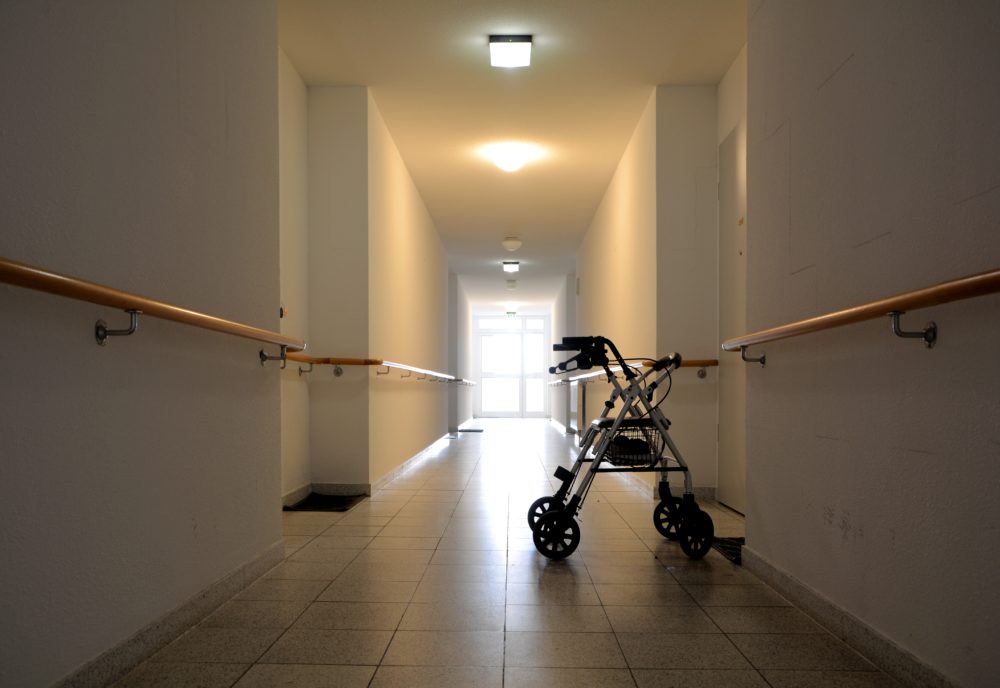Make Sure The Nursing Home Takes These Steps To Prevent Your Loved One From Falling At A Nursing Home.
Nursing Home Negligence
When a nursing home resident is identified as being “at risk of falling”, there are interventions that the nursing home must take to prevent a fall. When those interventions are not taken and the resident falls, the nursing home is negligent.
First, what does it mean to be “at risk of falling”? Upon admission to a nursing home, every resident is assessed by the staff for their risk of falling. A written form is completed that addresses several categories relating to the resident’s risk of falling, such as a prior history of falls, dementia or confusion, difficulty ambulating, a desire to escape the nursing home and psychotropic drugs. If, for example, the resident has a history of falling, that raises a red flag that the resident is likely to have another fall.
When a new resident is identified as being “at risk of falling”, certain interventions must be taken to prevent a fall. The interventions are set forth in the resident’s Care Plan, which must be prepared within seven days after the resident’s admission to the nursing home. If a resident is classified as “at risk of falling”, common interventions include a bed alarm (alarm is activated when the residents gets out of bed), one-on-one assistance to and from the bathroom, lower the bed and raise the rails on the side of the bed, put the call bell within reach for the resident, and “close observation”.
During the day-time hours, residents at risk of falling should be moved from their room to an area near the nurses’ station when the nurses can keep a close eye on them. Such residents should not be left alone in their room unsupervised during the middle of the day–that is when most falls occur. The failure to watch residents during day-time hours is the most common cause of a resident’s fall.
What about physical or chemical restraints? Generally, restraints are not used with the exception of residents at risk of hurting themselves, i.e., a resident pulling out IV lines, and restraints can only be used when ordered by a physician. Thus, a doctor’s order is required for physical or chemical restraints. Further, the doctor’s order for restraints cannot be issued for more than twenty-four hours. Physical or chemical restraints are almost never used to prevent a resident from falling.
If you suspect that a family member is at risk of falling, ask the “unit nurse” or her/his manager to review two critical documents: #1: the assessment of the resident’s risk of falling; and #2: the Care Plan relating to interventions taken to prevent a fall. By reviewing these documents with the unit nurse, you can determine whether your family member has been classified as “at risk of falling” and if that is the case, what interventions are supposed to occur to prevent a fall.
The classic scenario involving a fall at a nursinng home is a resident who is classified as “at risk of falling” in the initial assessment and the nursing home fails to take the interventions that are called for in the resident’s Care Plan. When this occurs, the nursing home is negligent in failing to take the interventions to prevent the fall, and the case has merit.
The nursing home will have very specific policies relative to preventing falls and the written policies often provide a treasure trove of information for plaintiffs’ lawyers. You want to make sure you obtain the nursing home’s policies and procedures for preventing falls if you suspect that your family member’s fall was caused by neglect.
